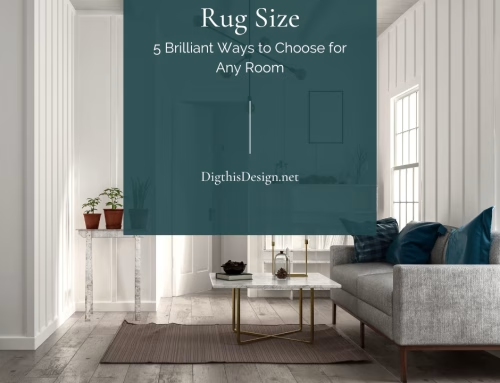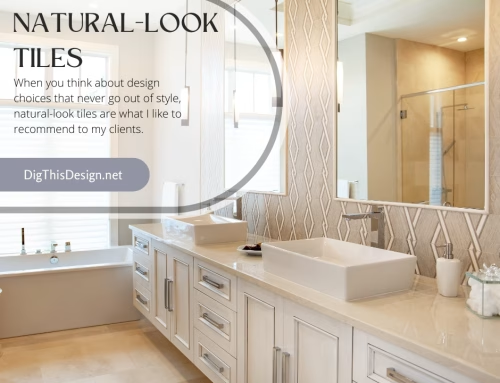The best homes have the best quality decor. This pertains to aesthetic decorations that fit the home’s theme and offer long-lasting beauty and functionality. A high-quality rug can be an excellent family heirloom that can be passed down from one generation to another. But how can you even distinguish royal rugs from rubbish ones? Let’s dive into the key factors that elevate quality and define craftsmanship, materials, and design.
How to Identify High-Quality Rugs
Knots Per Square Inch
The Knots Per Square Inch (KPSI) describes the number of knots within a rug design. Check the back of the rug and count the vertical and horizontal knots in a given square inch. For example, a 10×10 rug would have a 100 KPSI. The KPSI is a measure to determine how long the rugs can last.
Generally, premium rugs have more knots, making them denser, tougher and last longer. A high KPSI count means that rugs have tighter weaves. This means they can better endure foot traffic and the weight of the furniture, not to mention the inevitable wear and tear.
Heritage Materials
High-quality rugs can make your space look luxurious. These rugs start with the best artisan materials. Wool is the classic choice for fine rugs and is the golden standard even when modern rugs with different blends are available. Persian wool, in particular, is highly prized for combining softness and durability.
The fine wool considered the best in the world, comes from Iranian wool sheep fed with special diets that bring out these qualities. Their unique designs also encourage rug houses in India, Pakistan, and China to import them for the designs. Alongside Persian rugs, it’s also worth noting that some of the most premium rugs are sourced from Iran, Kazakhstan, Turkey, and India.
Of course, no matter where a wool rug is woven, what matters more is the source. Be cautious of tufted rugs. Though some may be made of wool, they’re made from loose materials bonded by chemicals and glue. Since they’re created through a low-quality process, they’re easy to mass produce. They also have chemical agents emitting hazardous fumes, harming your family.
Coloring Agents
According to tradition, rugs were dyed using organic materials. Artisans gathered vegetables and fruits to create various colors. Neutral-colored rugs come in shades of white, beige, and brown. The more vibrant and colorful ones come in red, yellow, green, blue and pink.
The digital age has made shopping a lot more convenient. So, if you don’t have the time to find that high-quality rug in person, finding it online is also a great alternative. You’ll instantly see a vast array of choices and save time, effort, and money.
Here are some tips for buying rugs online:
Buy from a trusted seller
There’s nothing more unfortunate than buying from a seller that isn’t so reputable. Check the business for associations with the Better Business Bureau and read the customer reviews. Good businesses are always customer-centric and welcome questions.
Speaking of trust, see to it that you’re also buying premium rug cleaning services when it comes to care and maintenance of your heirloom rugs or premium ones. It’s okay to clean low-quality rugs on your own. But for the more precious ones, you don’t want to gamble. Hire professional rug cleaners to get the job done.
Be aware of the materials used
You generally pay for the workmanship and materials used to make these rugs. Whether they’re the cheaper rugs made by machines, or the pricier and labor-intensive rugs made by experienced artisans, make sure to know which one you’re clicking on and explore the quality of the rug’s material. Refrain from buying it just because it has an attractive color and pattern.
Get the right colors
Ideally, ordering a sample to see the actual colors, and patterns, and feel the texture is a good way of telling if a rug is good quality. If samples are unavailable, check the colors on different devices/browsers to ensure they’re exactly what you want.
Take note of the return policies
Always know the store’s return policies before you make the purchase. Each store or shop has its own rules for returning items.
Consider other essentials
Take note of the measurements. Double-check to ensure the exact size of the area you expect the rug to cover, not the dimensions of your room wall to wall. This way, you avoid ordering the wrong size.
Consider the rug pile. It can be long, short, looped, cut, or sculpted or weaved. Depending on the pile, the texture and look can be different, too. So make sure to ask about this as well.
Final Notes
High-quality and low-quality rugs exist to give consumers options based on their budget and preferences. Obviously, if you prefer premium rugs, you have to dig deeper before confirming your purchase with the store. Take a look at the KPSI, materials, coloring agent, return policy and the reputation of the seller. All these considerations will give you peace of mind that you’re decorating your house with the right rug that lasts a lifetime.
About the Author
Tony Kantzavelos is the CEO of Love Your Rug, a carpet and rug cleaning company established in 1984. Love Your Rug has 10,000 square feet of rug cleaning and repair facilities strategically located in East and West Toronto.
Other posts you might enjoy:
4 Interesting Reasons Why Rugs Are So Expensive





